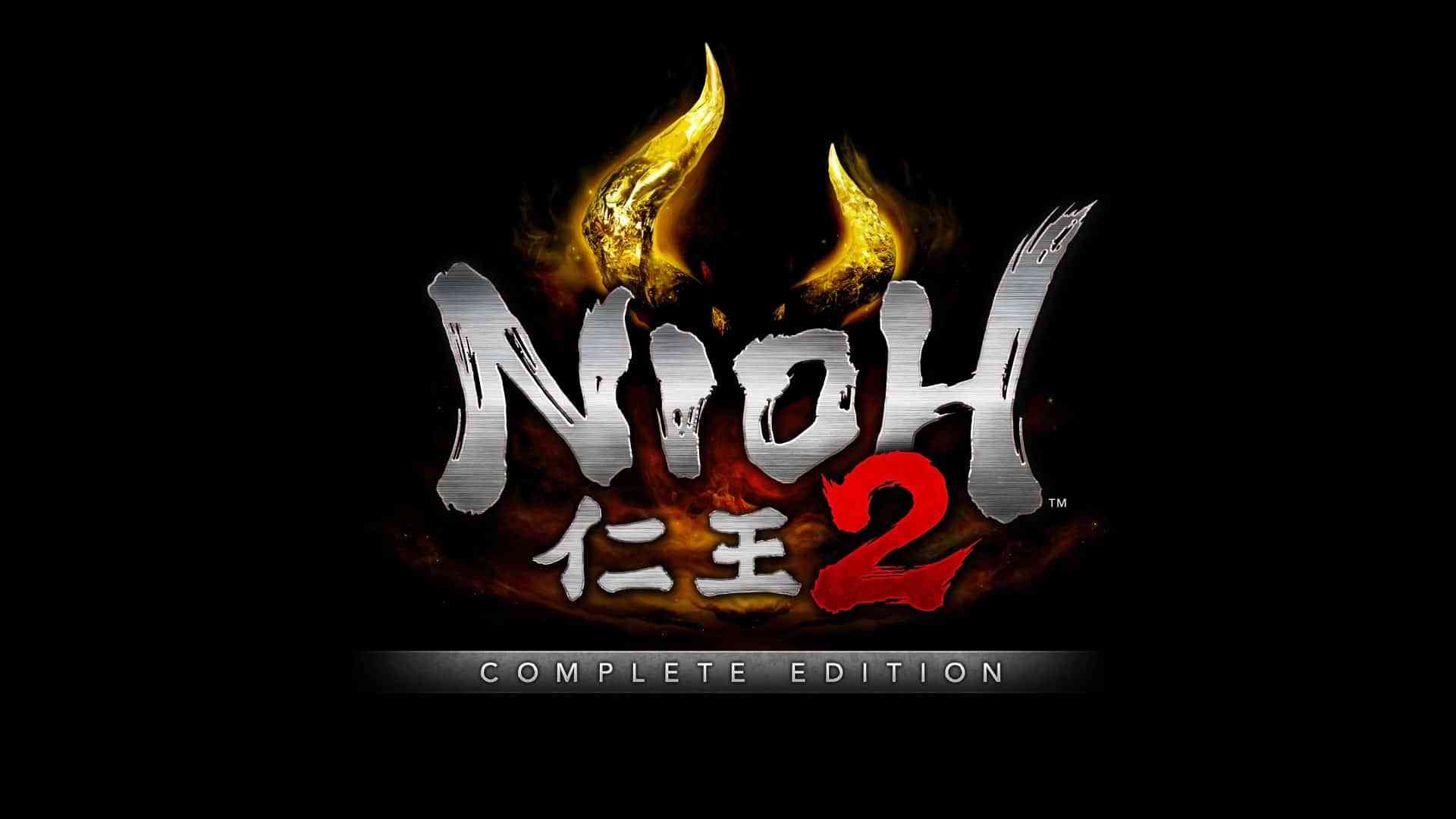Nioh 2: Complete Edition Review
After just under a year of waiting, Nioh 2 is finally out on PC, and a complete edition to boot! This souls-like action RPG is definitely a worthy predecessor, improving on almost every aspect of the already excellent original. If you are not familiar with the franchise, the game’s system is complex in a drastically different way from the From Software classics, so don’t expect just another souls-like clone!
Even More Complex Combat
Nioh already felt among the most complex souls-likes out there, and Nioh 2 only adds more. I don’t also mean to say the word “complex” as an objective positive, but something that I think comes down to individual tastes. The Dark Souls franchise feels like an exercise in minimalism, where they push its deceptively simple controls to its beautiful limits. Nioh, on the other hand, is a show of extremism where they stack systems over systems while somehow maintaining its impressive balance.
The combat is more than just managing stamina and health bars. One of the seemingly minor changes that impact the game’s flow in a drastic manner is how you recover your stamina. After every combo, a well-timed ki pulse will regain you a huge chunk of the stamina you used to either keep on the offensive, or to switch to the defensive more safely. This system teaches the player to stray away from button-mashing and to play the game in a more methodical, rhythmic way, where knowing your combos by muscle memory will increase your potential by tenfold.
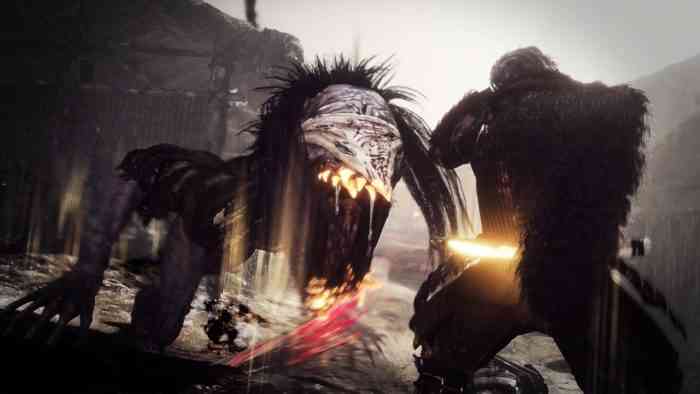
Then there are stances. High for pure offence, where you will find your most damaging and furthest reaching moves at the cost of defensive options. Mid for balance, with decent attacks, parries and reduced cost for blocking. Low for speed, sacrificing offence for quicker runs and improved rolls that go further with more invincibility for less stamina. And unlike less interesting systems where your choice just depends on your playstyle, you must utilize all three stances to dominate the fight.
Just in terms of dueling against other warriors, you have to react to the stance of your opponent. If they are in high stance, you may consider going low stance, where you can close the gap with your movement and overwhelm their weak guard with quick attacks. But if they are in mid stance, they will easily guard against your attacks and retaliate. In that case, a high stance to crush their guard might be the best option. This also gets more complex with monsters and multiple opponents. With stances a constant, fluid part of combat, you have to be quick to react and make the correct decisions.
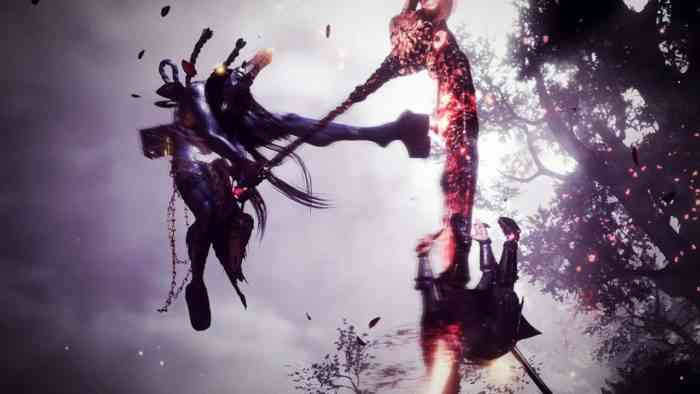
This gets combined with the ki pulse mechanics from earlier, where switching stances during your pulse rewards you with even more stamina. The ki pulse mechanic adds another layer as you choose to dance between stances, requiring foresight to which stance might be the best option next, or perhaps forgo the bonus as sticking to your current choice is sometimes the correct choice. This is only a small part of the impressive combat system the game offers, and with the inclusion of Yokai abilities and burst counters in Nioh 2, this game is a smorgasbord of mechanics to sink your teeth into.
More RPG Mechanics
Like the original, Nioh is back with guardian spirits, skill trees and random gears with stats. First, I’ll tackle the most impressive change, the guardian spirits system which received the Yokai transformation ability.
Previously, activating your guardian spirit just made your sword glow and improved your abilities, but now, you turn into a badass Yokai instead. A complete transformation that changes your moveset and playstyle, it is as fun to use as it is to look at. There are also three different forms you can turn into which offer a nice bit of variety. One of the lackluster components of the spirits in the previous game was how you barely got to use the mechanic due to the fact that it took a while to build it up. Although Nioh 2 isn’t much different in that regard, the addition of Yokai skills lets you use the demonic side without fully committing to the transformation. Additionally, since you can only have two separate abilities equipped at a time, this encourages yet more player decision making.
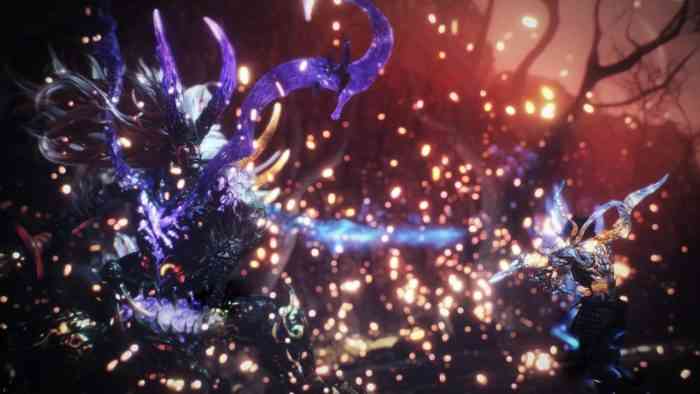
Unlike the first’s simple skill tree, Nioh 2 features a skill constellation—a web of interlocking nodes that are both visually impressive and terrifying. However, once you take a closer look, it’s quite intuitive. With each node providing new moves and interesting gameplay improvements, they managed to make each individual upgrade feel impactful. With separate constellations for each weapon, magic, and discipline, the options for builds are simply dizzying to think about.
The stats on gear have not changed much from the original, which was a sort of a downer for me. The first problem with the random gear in the game is that there are simply way too many drops with too many varieties of modifiers to give players any sort of gratifying choice for the amount of time spent in the inventory, especially early on in the game. With it being completely luck dependent, I found that I always just ended up defaulting to the highest level gear I had in my inventory. Why spend time finding the perfect item when you are just going to level passed it?
Now, I get that considering optimal gear is more of an end-game thing, and it does indeed become more relevant there. But with the game being so skill-based you don’t need to min-max your gear to beat it, as long as you have decent items and a solid understanding of the combat. There are people who are going to farm for the perfect gear once they hit max level, but I wondered, what’s the point? This isn’t an MMORPG where you are gear gated for content or a dungeon-looter where the point of the game is to find new loot that completely changes the way you play.
All in all, I find the random gear to be a distracting component to Nioh that keeps players staring at their inventory rather than engaging in its excellent gameplay.
Character Customization!
One of the most requested features, the ability to create your own character, is here in Nioh 2 and it’s better than I could have hoped. No longer do you have to play a white samurai as in the original. Sorry, William, I didn’t really like you.
With a vast number of sliders and options, making your character stand out is easy. On top of that, unlike many other games where making a good looking character is difficult (and you end up looking like an alien), I found it was hard to go wrong with Nioh 2’s art style unless you were trying to. And finally, you can even customize the way your transformation looks. It’s not as complex as your normal form, but it’s a layer of customization that’s unexpected but definitely nice to have.
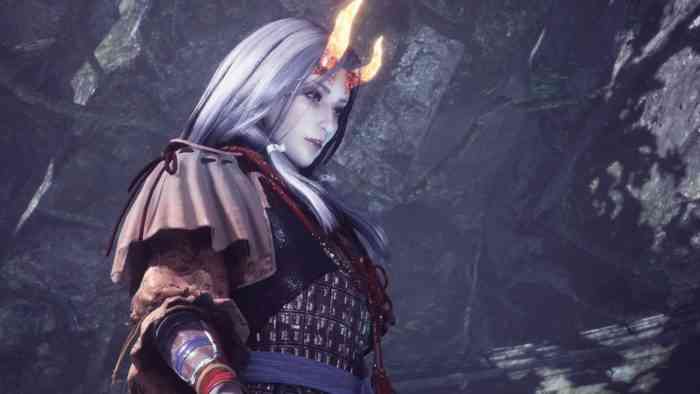
How’s the Port?
For the most part, the port is quite standard. The most important thing, the ability to bump the game to 60-120 FPS is here and works like a dream. However, there are a few places where I noticed significant optimization issues where fighting against certain Yokai with lots of visual effects would cause slow-downs. They got better over the course of the fight, so it didn’t put the game in an unplayable state, but I’m hoping the port will be optimized in the next few months as these things go.
Additionally, not being able to completely customize my controls is a bit of a leftover from its console origins which I do not appreciate. PC players demand a higher standard of customizability, and I don’t think changing controls is asking for too much.
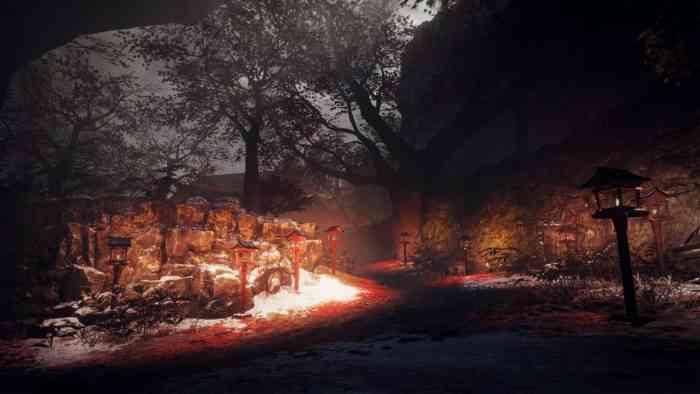
Nioh 2 is an excellent game on PC and if you were a fan of the first one, this is a must-buy. If you haven’t played the original, I hope the review gave you a sense of what the game is like. Are myriad of complexities in action games something that gets you excited or do they sound like needless distractions? I personally lean more to the minimalist side, but when a game pulls off its mechanics as well as Nioh 2, I don’t mind diving in once in a while.
***PC review code provided by the publisher.***
The Good
- Intricate Combat
- Gorgeous visuals and animations
- Complex, well-designed mechanics
- Excellent character customization
The Bad
- Uninspired randomized gear
- Slightly clunky port
- Mechanics can feel overwhelming early on
